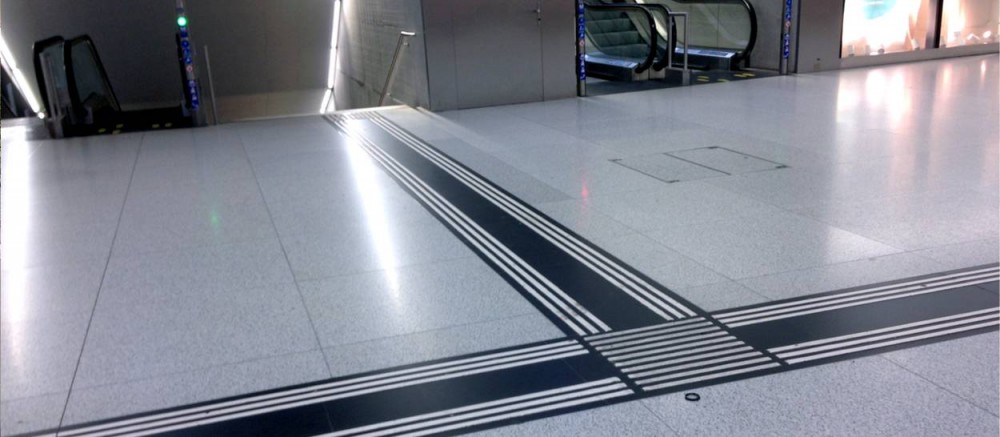The term Design for All is used to describe a design philosophy targeting the use of products, services and systems by as many people as possible without the need for adaptation. According to the European Commission, it "encourages manufacturers and service providers to produce new technologies for everyone: technologies that are suitable for the elderly and people with disabilities, as much as the teenage techno wizard." The origin of Design for All lies in the field of barrier free accessibility for people with disabilities and the broader notion of universal design.
Background
Design for All has been highlighted in Europe by the European Commission in seeking a more user-friendly society in Europe. Design for All is about ensuring that environments, products, services and interfaces work for people of all ages and abilities in different situations and under various circumstances.
Design for All has become a mainstream issue because of the aging of the population and its increasingly multi-ethnic composition. It follows a market approach and can reach out to a broader audience. Easy-to-use, accessible, affordable products and services improve the quality of life of all citizens.
Design for All permits access to the built environment (with f. e. tactile ground surface indicators, see image above), access to services and user-friendly products which are not just a quality factor but a necessity for many aging or disabled persons.
Including Design for All early in the design process is more cost-effective than making alterations after solutions are already in the market. This is best achieved by identifying and involving users ("stakeholders") in the decision-making processes that lead to drawing up the design brief and educating public and private sector decision-makers about the benefits to be gained from making coherent use of Design (for All) in a wide range of socio-economic situations.
(Excerpt from Wikipedia, the free encyclopedia)
Photo by Sven Jenzer 2017, all rights reserved
